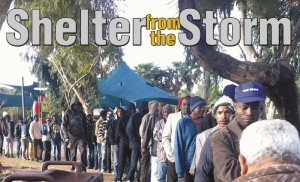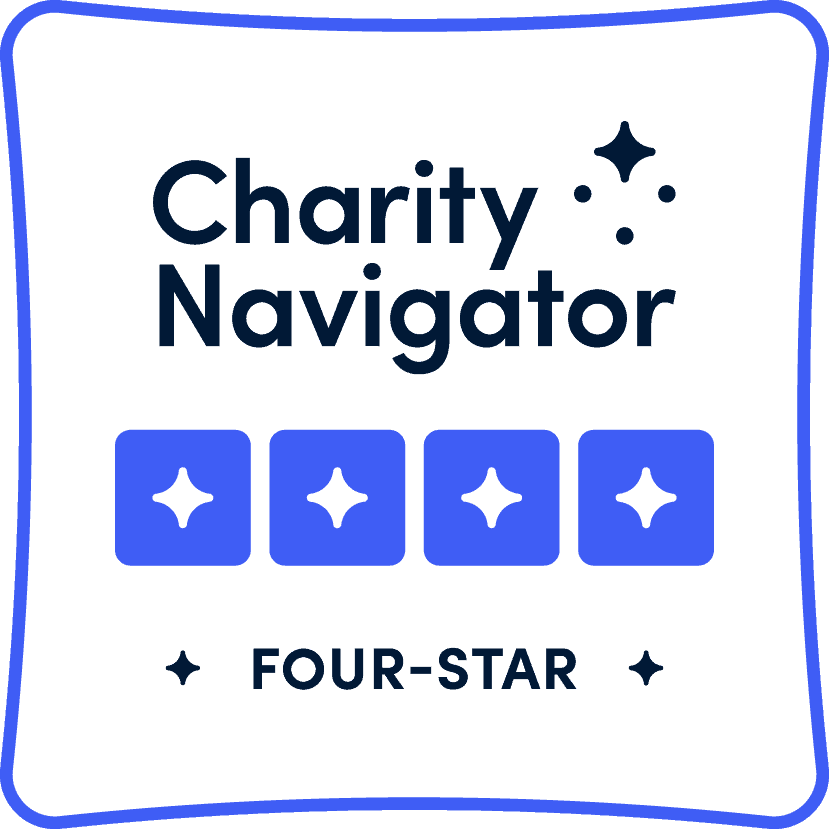Naomi Eisenberger has a background in business; she and her husband bought her father’s men’s clothing business, The Caldwell Men’s Shop, in 1982 and ran it until closing it in 1995. She has also been a teacher and a kosher caterer.
But when Rabbi Steven Bayar introduced her to the work of Danny Siegel while she was president of Congregation B’nai Israel in Millburn in the early 1990s, she fell in love. A poet and grassroots organizer, Siegel was running the Ziv Tzedaka Fund, a charity collective that disbursed millions of dollars to “mitzva heroes.” Siegel came to the synagogue as scholar-in-residence and eventually asked Eisenberger to join the staff as a volunteer.
“I felt like I had been appointed queen for the day!” she quipped. She would go on to work as a volunteer and later full-time staffer for the next 15 years.
When Ziv ended operations, the Good People Fund was one of its unofficial successors, and Eisenberger, 67, had to start from the beginning. Within one month she had commitments of $175,000 for each of two years. She envisioned the GPF as a 2.0 version of Ziv that would include more mentoring, an operation run on a sustainable business model that would outlast her.
In its first five years, GPF has funded over 60 projects, raising a total of between $4.5 million and $5 million. The goal is to split aid so that about half goes to mitzva projects in Israel, and half to recipients in the United States, although so far Israel is receiving slightly more. GPF also funds several projects in other countries.
Beyond that, recipients must address some area of social services — such as feeding the hungry and aiding those with disabilities or illnesses, Shoa survivors, seniors, veterans, or the poverty-stricken.
“None of this is rocket science, but it was all in my head. I want to build something that will continue when either God or I decide it’s time to stop,” she said. Although Siegel rarely approved funds to be used for staff salaries at recipient organizations — preferring to fund programs rather than overhead — and he limited staff at Ziv, Eisenberger sees things differently.
“There are so many programs where the founder is melting into the ground, overwhelmed. You cannot grow without the proper support. We do hand-holding and mentoring and I can tell when someone is pushed to the limit, and I won’t hesitate to provide funds to take a load off of the founder’s plate.” She does, however, keep her own staff to a Spartan two — herself and associate director Debbie Klein — and both work out of their homes to limit overhead.
Eisenberger’s goal is to have the projects she funds outgrow the GPF, which she defines as reaching and surpassing a budget of $500,000. She finds every “good person” herself, mostly by reading — newspapers, magazines, blogs, even crowd-sourcing sites on the Internet. She does not take requests. “We like to say, ‘Don’t be in touch with us; we’ll be in touch with you,’” she said.
The basic requirement for recipients is in the name itself. “You have to have good people. You have to have a visionary. There are lots of good organizations out there, but you need a vision,” said Eisenberger.
“And we will only step in when an organization has not yet attracted large donors, for the most part.” That means it must have a budget of under her magic number: half a million dollars.
“This is an exciting model with tremendous impact,” she said. “We basically take the hand of the donor and put it in the hand of the recipient without either of them knowing. That’s the best kind of personalized tzedaka.”
Eisenberger loves her work. “I get to do good stuff all day long,” she said. “I don’t know any other job like it. There is such tremendous power in being able to help people.”
http://www.njjewishnews.com/article/17754/i-get-to-do-good-stuff-all-day-long#.U5IMnPnNEml







